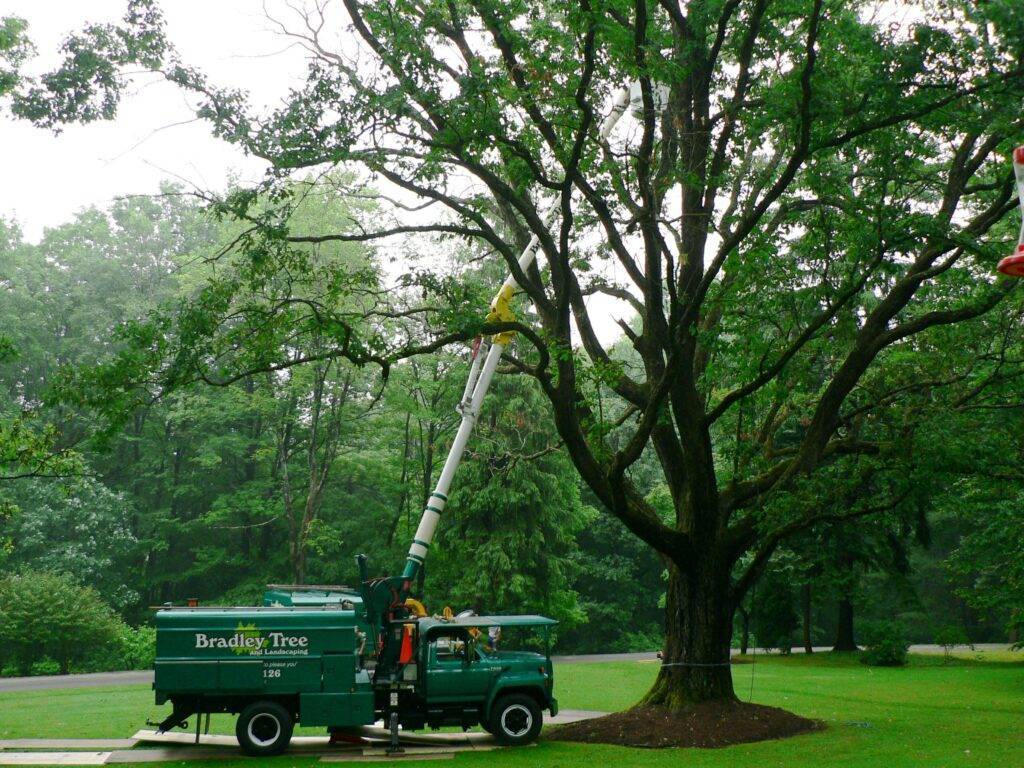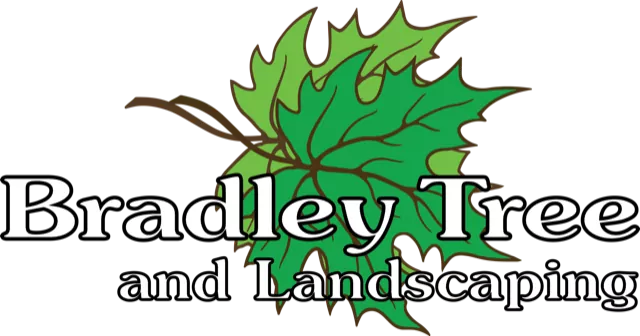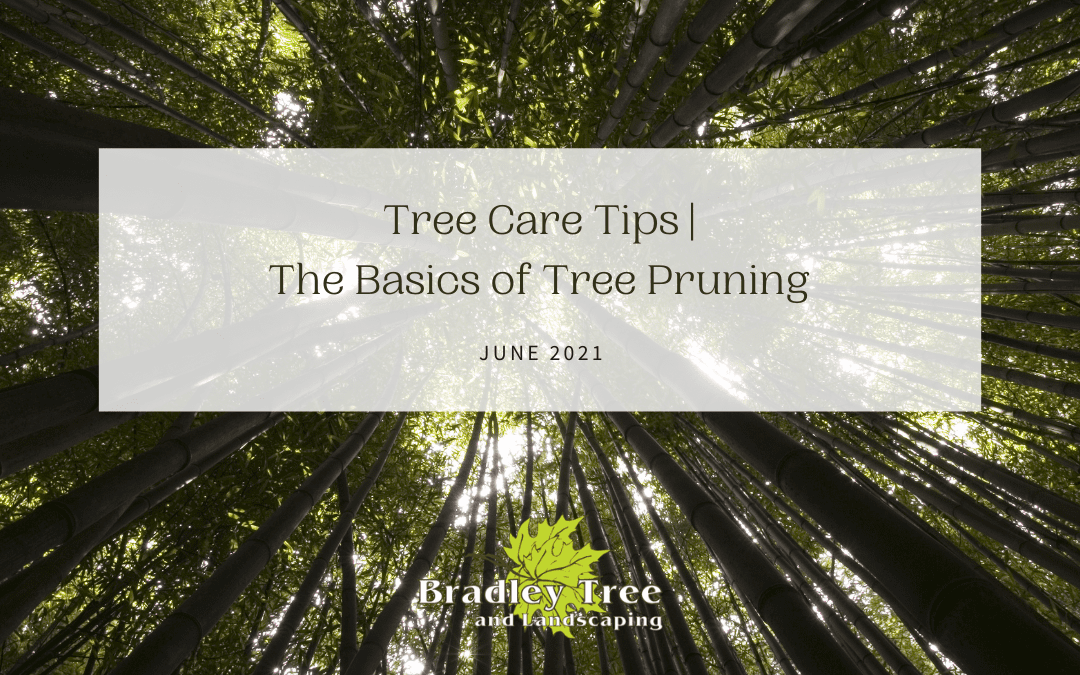Updated November 2022
The most common mistakes when tree pruning happen when you don’t know the basics. Here is a helpful guide on when you should prune your trees, but make sure to consult your ISA certified Buffalo arborist first so you don’t adversely affect your tree’s health.
“Our best customer is an educated customer” – Jared Webber
Tree pruning is a science in exacts and an art form. Improper pruning as a result of not understanding tree growth or pruning practices creates a risk of damaging your trees. The damage you can cause can be both purely cosmetic as well as actually harmful to the tree.
Things to avoid when tree pruning
There are some cuts that are just generally always bad for the tree. These include stub cuts, flush cuts and heading cuts. These cuts are almost always considered poor landscaping, so make sure you never do them. A professional arborist should be the first call you make if you believe a tree of yours was cut this way either by yourself or a previous contractor.
Stub, flush, heading and topping cuts
Stub cuts (page 12) leave a branch stub that prevents the tree from sealing the wond from disease and insects. They’re made too far outside the branch bark ridge or branch collar. If a cut branch can hold something hanging on it, the cut was a stub. You want to make your cuts at the collar.
Somewhat similar to stub cuts are flush cuts. Flush cuts are cuts made too deep, cutting off the branch collar (the slightly enlarged area where the branch and tree meet). These also prevent the tree from properly sealing the wound, leaving it susceptible to disease by messing with a tree’s natural defenses.
That brings us to heading cuts, which are just at a random point along the branch. The tree will start sending weak branches to that area in an attempt to rebuild. Heading cuts should only be done by a professional to attempt to restore a tree following a major storm. Otherwise, you can cause decay from the inside out as new sprouts grow over it.
There are also topping cuts, where the top of a tree is completely removed. These should never be done, as the main trunk is cut at some point below the apex. It causes odd-looking, weak and spindly sprouts to start growing in an attempt to restore the damage, and these are very susceptible to falling during high winds. It also creates significantly more work down the line.
When should you do tree pruning in Buffalo?
Do not make any cuts to the tree without a good reason to. Any mistakes you made can last the life of that tree and result in years off its life. You are pruning your trees to keep them healthy and strong, after all. Don’t make the hard work result in backwards progress with unnecessary cuts.
Related to that point, make sure you never remove more than 25% of a tree’s foliage during a growing season. Similar reasoning here, trees are living things after all, and removing too much at once can cause irreparable damage.
Never use wound paint/sealer to close wounds after trimming your tree. This seals in moisture to the tree and can cause rot, again erasing any progress made. Also, never prune a new tree (under a year old) for aesthetic reasons. Pruning to remove dead, broken and/or diseased branches is okay.
When to call an ISA-certified arborist?

If a tree is within 10 feet of a power line or transformer, don’t do any pruning yourself – call an ISA-certified arborist. You can electrocute yourself on the lines, or even knock out power to the whole neighborhood via a falling branch. Leave these ones to the experts who have the tools and equipment.
Similarly, never prune branches you can’t reach with both feet on the ground. If you go up a ladder, you can easily lose balance and fall, injuring yourself or worse. Call a professional arborist instead to handle high branches.
If the branch in question is a larger one (3-4+ inches in diameter), make sure you have an arborist to take care of it. These branches have a funny way of being significantly larger than you anticipate, and the arborists here at Bradley Trees have the tools to break the branch up to make disposal much easier.
Timing is essential for tree pruning
Make sure you’re pruning at the correct time of year. Pruning in late summer or autumn causes growth to start happening in the winter when the new sprout will not be able to survive. The time varies depending on the tree, so make sure you check when to prune for your specific trees.
Knowing where to cut is almost as important as when to cut
Another important factor is knowing where to cut. Always make sure you cut at or just above a growing point. Never make a cut below a growing point, otherwise, the stub from the previous growth spot out will die.
You should remove dead branches first, then dying and diseased branches, then branches that grow in problematic directions. Obviously, dead branches must be completely removed to keep the tree growing healthily. Dying and diseased branches are then removed to stunt spread. Finally, problematic branches are pruned for many reasons.
“Proper pruning techniques allow the tree to thrive” – Jared Webber
Keep your trees healthy by pruning them
Trees are pruned to help healthy growth. If a tree is left overgrown, its outer branches could prevent sunlight and water from reaching the interior leaves and kill the tree from the inside out. Additionally, if the tree isn’t thinned out, moisture that gathers on the outer parts of the plant won’t drain properly, and disease can rapidly grow and spread throughout the entire tree. By thinning out the tree, air, water, and sunlight can move freely through and into the tree.
The most important part of tree pruning is this: Don’t put yourself or others at risk by pruning poorly or biting off more than you can chew. Here at Bradley Trees, our arborists are the best in Buffalo, NY and surrounding areas. We will gladly help you with any pruning needs you have because we’re always happy to assist and educate customers. We have a ton of landscaping services to keep your lawn looking and functioning at its best. Give a call today at 716.293.2091 or fill out a contact form!

